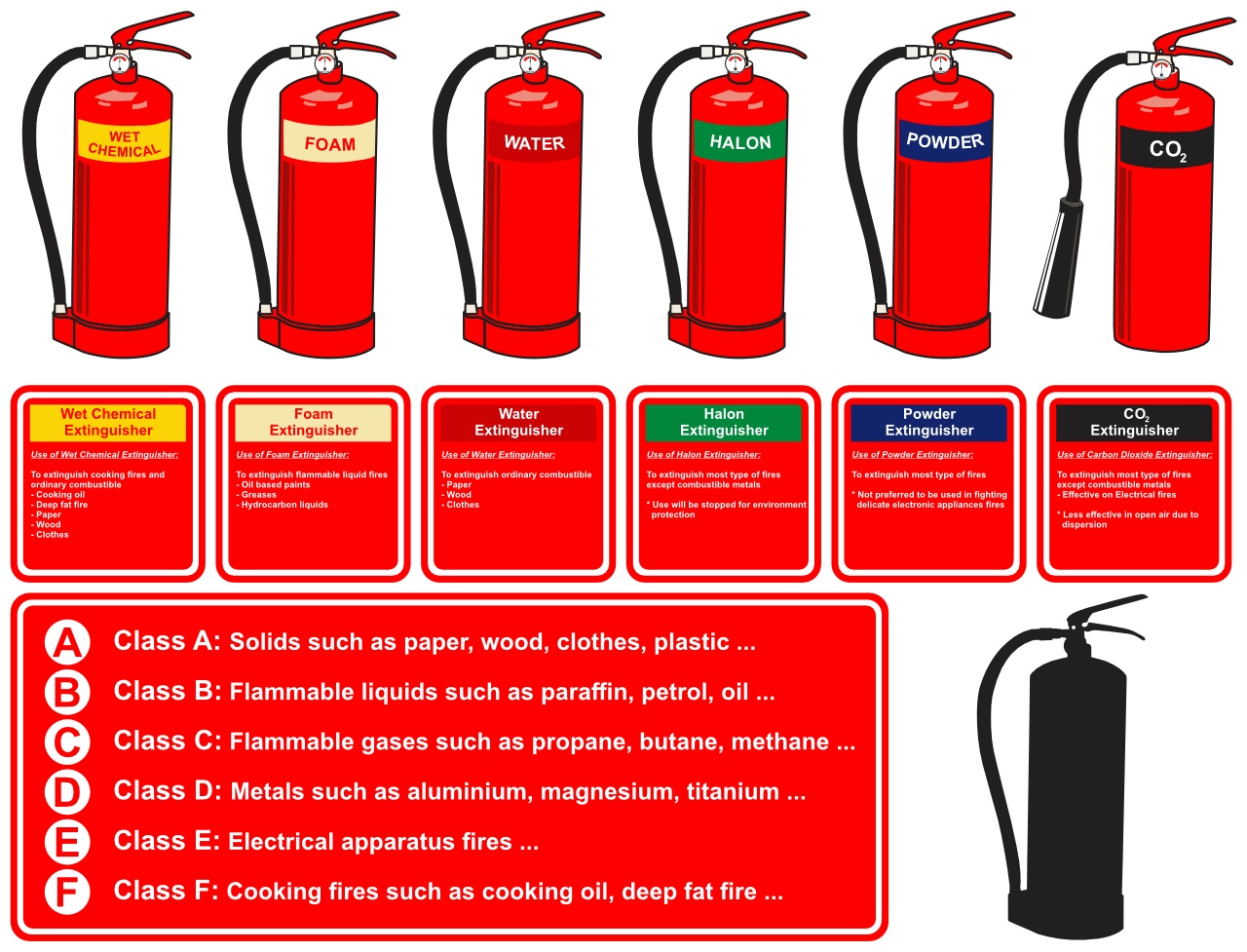Table of Content
- 1. Introduction
- 2. What is a Fire and Safety Certificate?
- 3. Importance of a Fire and Safety Certificate
- 4. Types of Fire and Safety Certificates
- 5. Key Components of Fire Safety Regulations
- 6. How to Obtain a Fire Safety Certificate
- 7. Fire No Objection Certificate (NOC)
- 8. Tips for Maintaining Fire Safety Compliance
- 9. Conclusion
1. Introduction
In today’s world, ensuring the safety and security of buildings is paramount. Fire safety is a crucial aspect of this, and obtaining a Fire and Safety Certificate is an essential step for any property owner or business. This comprehensive guide will help you understand what a Fire and Safety Certificate is, why it is important, and how you can obtain an approved Fire No Objection Certificate (NOC).
2. What is a Fire and Safety Certificate?
A Fire and Safety Certificate, often referred to as a Fire Safety Certificate, is an official document issued by the local fire department or other relevant authorities. This certificate confirms that a building or facility complies with all the fire safety regulations and standards set by local fire safety codes. It indicates that the building has undergone a thorough inspection and meets all the necessary safety measures to prevent and respond to fire hazards.
3. Importance of a Fire and Safety Certificate
- Legal Requirement: Many jurisdictions require a Fire Safety Certificate for both residential and commercial properties. It ensures that the property adheres to fire safety regulations.
- Insurance Compliance: Insurance companies often require a valid Fire Safety Certificate before issuing policies or processing claims. It helps in reducing insurance premiums and ensuring coverage during emergencies.
- Public Safety: Ensuring that buildings meet fire safety standards helps protect the lives of occupants and visitors. It minimizes the risk of fire-related incidents and casualties.
- Property Value: A valid Fire Safety Certificate can enhance the marketability of a property. It signals to potential buyers or tenants that the building is safe and compliant with regulations.
4. Types of Fire and Safety Certificates
- Residential Fire Safety Certificate: For homes and residential buildings, ensuring safety measures are in place, such as smoke detectors, fire extinguishers, and escape routes.
- Commercial Fire Safety Certificate: For businesses, offices, and commercial properties. It includes compliance with more stringent regulations, such as fire alarms, sprinklers, and emergency lighting.
- Industrial Fire Safety Certificate: For factories and industrial units, requiring detailed safety measures specific to industrial hazards and processes.
5. Key Components of Fire Safety Regulations
- Fire Alarm Systems: Installation of fire alarms and detection systems that alert occupants in case of fire.
- Fire Extinguishers: Proper placement and maintenance of fire extinguishers in accessible locations.
- Emergency Lighting: Installation of emergency lights to guide occupants to exits during a power outage.
- Fire Escapes: Clear and accessible fire escapes and evacuation routes.
- Sprinkler Systems: Installation of sprinkler systems to control or extinguish fires in their early stages.
- Fire Doors: Properly functioning fire doors to prevent the spread of fire and smoke.

Also Read: How can AI help design sustainable offices?
6. How to Obtain a Fire Safety Certificate
6.1 Understanding the Process
- Preparation: Ensure that your property complies with all fire safety regulations before applying for a certificate. This includes installing required safety equipment and conducting internal inspections.
- Application: Submit an application to the local fire department or relevant authority. This typically involves filling out forms and providing details about the property and its fire safety measures.
- Inspection: The fire department will schedule an inspection of your property to verify compliance with fire safety standards.
- Issuance: If the property meets all requirements, the fire department will issue a Fire Safety Certificate.
6.2 Required Documents
- Property Details: Information about the property, including its location, size, and usage.
- Fire Safety Equipment Records: Proof of installation and maintenance of fire safety equipment such as alarms, extinguishers, and sprinklers.
- Compliance Certificates: Certificates from manufacturers or service providers for fire safety equipment.
- Building Plans: Detailed plans of the property showing fire safety measures and evacuation routes.
7. Fire No Objection Certificate (NOC)
7.1 What is a Fire NOC?
A Fire No Objection Certificate (NOC) is a document issued by the fire department stating that a property complies with all fire safety regulations and does not pose a fire hazard. It is often required for various purposes, including:
- Building Construction: Before starting construction or renovation of a property.
- Business Licenses: For obtaining or renewing business licenses.
- Property Transactions: During the sale or lease of a property.
7.2 Steps to Obtain a Fire NOC
- Application Submission: Submit an application for a Fire NOC to the local fire department. The application should include details about the property and its fire safety measures.
- Documentation: Provide all necessary documents, including fire safety equipment records, building plans, and compliance certificates.
- Inspection: The fire department will conduct an inspection to verify that the property meets fire safety standards.
- Approval: If the property is compliant, the fire department will issue a Fire NOC.
7.3 Common Challenges
- Non-Compliance Issues: Properties that do not meet fire safety standards may face delays or denials. Ensure all safety measures are in place before applying.
- Documentation Gaps: Incomplete or incorrect documentation can lead to delays. Double-check all documents before submission.
- Inspection Failures: Address any issues identified during the inspection promptly to avoid complications.
8. Tips for Maintaining Fire Safety Compliance
- Regular Inspections: Conduct regular internal inspections of fire safety equipment and systems.
- Training: Provide fire safety training to occupants and employees to ensure they know how to respond in case of an emergency.
- Upgrades: Keep fire safety equipment up-to-date and make necessary upgrades as regulations change.
- Record Keeping: Maintain accurate records of all fire safety equipment and maintenance activities.
9. Conclusion
Obtaining a Fire and Safety Certificate and a Fire No Objection Certificate is crucial for ensuring the safety and compliance of your property. By understanding the requirements and following the proper procedures, you can safeguard your property, meet legal obligations, and provide a safe environment for occupants. Regular maintenance and adherence to fire safety regulations will help you maintain your certificate and ensure long-term safety.
Also Read: 10 Saving Strategies for First-Time Homebuyers







_1767854635.webp)

_1767769068.webp)


Ans 1. A Fire Safety Certificate is an official document that confirms a building complies with fire safety regulations.
Ans 2. It is crucial for legal compliance, insurance purposes, public safety, and increasing property value.
Ans 3. Submit an application to the local fire department with all required documents, and undergo an inspection.
Ans 4. A Fire NOC is a document stating that a property meets fire safety standards and does not pose a fire hazard.
Ans 5. Documents typically include property details, fire safety equipment records, compliance certificates, and building plans.